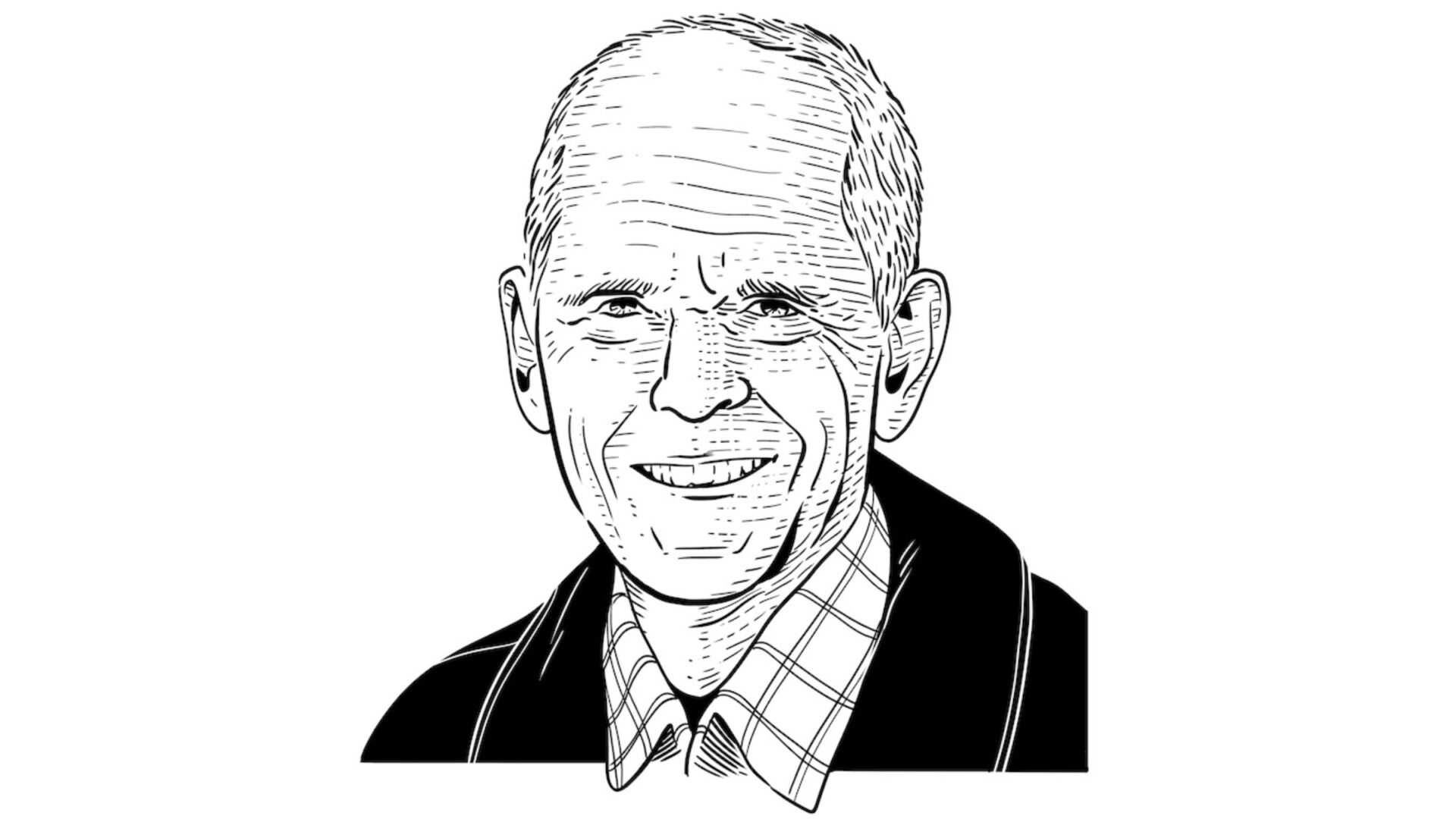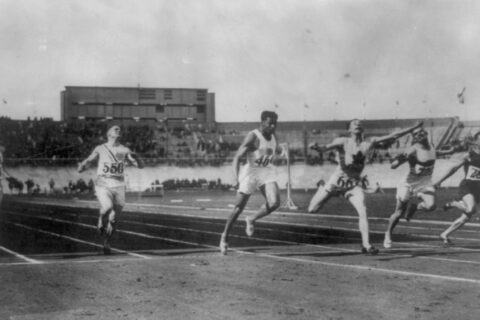He’s coached some of the biggest names in distance running and underpinning a large amount of his success was his capability to be versatile.
He’s coached some of the biggest names in distance running and underpinning a large amount of his success was his capability to be versatile.





